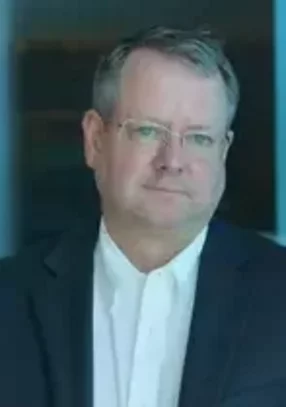How Anglo-Arabian Healthcare is innovating healthcare in the UAE
The growth story of Anglo-Arabian Healthcare (AAH) in the United Arab Emirates (UAE) is as interesting as it is impressive. In a competitive, highly saturated healthcare and insurance market, the company has risen to become a top player in a short space of time and is now consolidating its position as the fifth largest operator in the UAE. With Dubai on its way to becoming a key destination for healthcare tourism, AAH has ensured that its operations are poised to capitalise on this. Business Review Middle East speaks to founder and CEO Mark Adams about how the company has achieved this through placing the needs of patients first and through producing a resilient business model.
Operations
Adams says: “Seeing all the different types of clinic and operations running in isolation with no synergy, we built a branded, integrated network which categorises the population into low, mid and high income.
“At the beginning of 2012, I funded a team of 10 to spend a year looking at target acquisitions, building strategy, talking to potential investors and preparing for effectively launching Anglo Arabian when we have all of the pieces lined up and ready to go.
“Here you have about 6.5 million insured people in the whole UAE and you have nearly 60 insurance companies. The insurers are losing money. So in the past few years five brands are consolidating the market. We are one of them.”
From a handful of healthcare strategists, AAH quickly grew, mainly through strategic acquisitions, into an outfit with 38 clinical assets, with approaching 1,500 staff and 200 qualified doctors. Its network of brands includes pharmacies, clinics, hospitals, specialty health centres, diagnostics and reproductive IVF centres. Adams adds, “Our main brands are Healthbay (our premium brand), Concorde (mass market), and Amina (middle range brand), as well as Proficiency Healthcare Diagnostics (PHD) - our diagnostics brand. Having established themselves in the UAE, they will in the coming years the aim is to broaden the footprint to Saudi, Qatar and Oman.”
“We have been voted one of the best diagnostic groups at the Arab Health Awards for the last 3 years,” says Adams, proud of the credentials his company has accrued. “We are CAP accredited which is one of the highest quality assured levels you can get for diagnostics.
“We are also moving to ISO and JCI accredited for clinics and our hospitals. Again, we have got a very strong clinical quality governance structure right the way through to the board and the aim is that the whole culture of the organisation is about continuous improvement and learning.”
Business strategy
How has AAH managed to reach the top of the market in just five years? By adopting a networked approach from the outset, the company has been able to build trust and retain patients throughout the cycle of care. “The idea is that within each demographic you build a hub and spoke model where your patients are looked after in primary care close to the residential neighbourhoods – when they have a problem that needs hospital treatment they trust the brand and come to your hospital,” Adams explains.
“Ultimately there’s no quick way of doing it,” he admits. “Patients may come to you because they’ve seen a shiny new clinic open up, or might respond to an advertisement. Ultimately what counts is word of mouth recomendations that says – we have good doctors, good customer care, and prices. Frankly that’s a product of time.”
AAH is also keen to build trust through clinical partnerships. Its most recent has been with Northwestern Memorial Hospital in Chicago - widely recognised as one of the top IVF hospitals. Not only has AAH been able to branch out into IVF, it has been able to do so with the backing of a global leader.
AAH has also innovated when it comes to patient medication, opting to save money for both its corporate clients and employees. Adams explains, “In the Middle East, 90 percent of medication is branded, which is twice as expensive as generic medication and does exactly the same thing. What we say to our clients is if they do our managed care programme, we can halve the cost of their diagnostics and the cost of medications and save up to 25 percent off the cost of insurance.”
The company is also making great strides to leverage technology to increase operational efficiency. “We have made a big investment in technology in the last 5 years,” Adams explains, “and it will be one of the biggest areas of investment in the future.” He adds that technology is enabling AAH to gather data on billing and prescription habits in order to ensure that care and treatment is appropriate, consistent, and cost effective.
He concludes: “I would say that over the next five years we should aim to be double our size. We will achieve this by looking after patients incredibly well, hiring the best doctors, making sure that all our communication is joined up so that it’s a value-based offering, and that patients feel they can trust the brand they are dealing with. There’s no shortcut – it takes time and we are getting there.”

